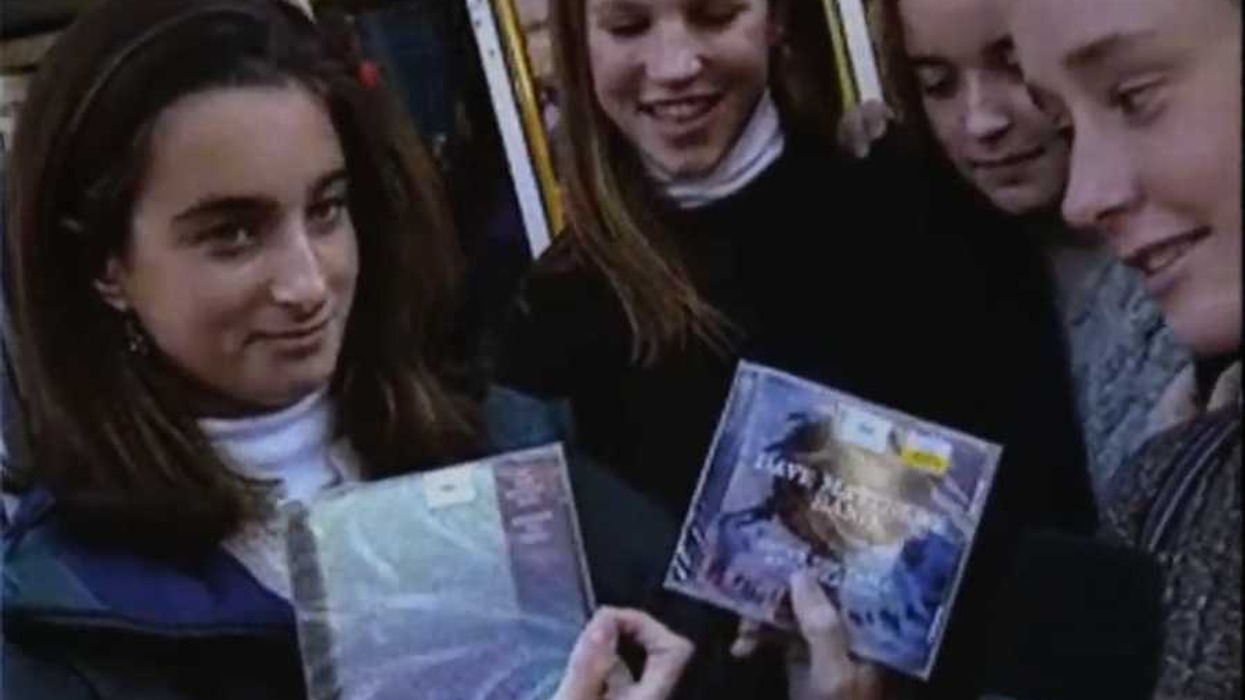Real talk: If you buy gallons of milk, pouring some down the drain is par for the course. Its shelf life isn’t long—two weeks, maybe three—and it’s tough to prevent waste. This all could change very soon, thanks to scientists at Purdue University.
Lead researcher Bruce Applegate and his team have devised a simple but revolutionary method for keeping milk as long as nine weeks—but possibly much, much longer.
“Nine weeks is just the maximum time we tested in the lab,” says Applegate. “It could last a lot longer than that; we really don’t know yet.”
[quote position="left" is_quote="false"]You may be familiar with shelf-stable milk like Parmalat, built to last many months without refrigeration. But if you’ve ever tried it, you’ve surely noted the thin, almost burnt flavor: some have described it as "cabbagy".[/quote]
The process is so simple, it makes the results all the more stunning. Tiny droplets of milk are sprayed through a heated, pressurized chamber, where their temperature is raised and lowered by 10 degrees Celsius within milliseconds. The key is in the rapidity of the heating; it knocks out virtually all bacteria responsible for spoilage.
Currently, all milk sold commercially in the U.S. is required to be pasteurized; a process where it sits at a temperature of 72 degrees Celsius (161 Fahrenheit) for 15 seconds, specifically designed to kill pathogens. However, it “doesn’t address the things in milk that make it go sour,” according to Applegate.
You may be familiar with shelf-stable milk like Parmalat, built to last many months without refrigeration. But if you’ve ever tried it, you’ve surely noted the thin, almost burnt flavor: some have described it as “cabbagy”, a far cry from the creamy richness of refrigerated milk.
Shelf-stable milk is made using an Ultra High Temperature (UHT) process, heating the product above 135 degrees Celsius (275 Fahrenheit). This scorches out all the bacteria—but destroys its flavor in the process. The milk produced at Purdue is reported to have zero noticeable differences in color, aroma, taste or aftertaste from regular refrigerated milk.
The new process has already gained regulatory approval in Ohio; Applegate says it’s being sold commercially, without any special indication on the label. “[Dairy producers] want to be cautious and see how it works out before they start advertising it to the public,” says Applegate.
The Ohio-made milk could potentially turn up in supermarkets nationwide. That will likely be one of this breakthrough’s greatest impacts—broadening the distance dairy is able to be transported. The milk we drink now typically comes from the general region it’s sold in, as the shelf life is too short to justify long-distance travel. Now, a Maine consumer could foreseeably end up drinking California milk.
[quote position="full" is_quote="true"]I remember when I was a kid, coming home after football practice and my mother would yell at me for drinking milk straight from the bottle.[/quote]
This process could also do wonders for reducing dairy waste. Milk poured down the drain is much more than just spilled milk; scientists determined that wasted milk in the United Kingdom alone creates greenhouse gases that equal emissions from 20,000 cars. But no spoilage equals no waste.
Assuming the new milk is kept refrigerated at all times, Applegate says outside contaminants would be the only factor that could lead to spoilage. This could be something introduced at the bottling plant, or something at home.
“I remember when I was a kid, coming home after football practice and my mother would yell at me for drinking milk straight from the bottle,” he laughs. Scenarios like that are the wildcards that could lead to spoilage.
Overall, this is a remarkable achievement; the involved scientists are beaming. Applegate says it’s his biggest achievement in all his decades since getting a PhD.
“The only thing that even comes close was a project on flushing bacteria from your mouth after a root canal,” he says, “but I think milk is more important than a root canal. This is the most impactful thing in my whole career.”











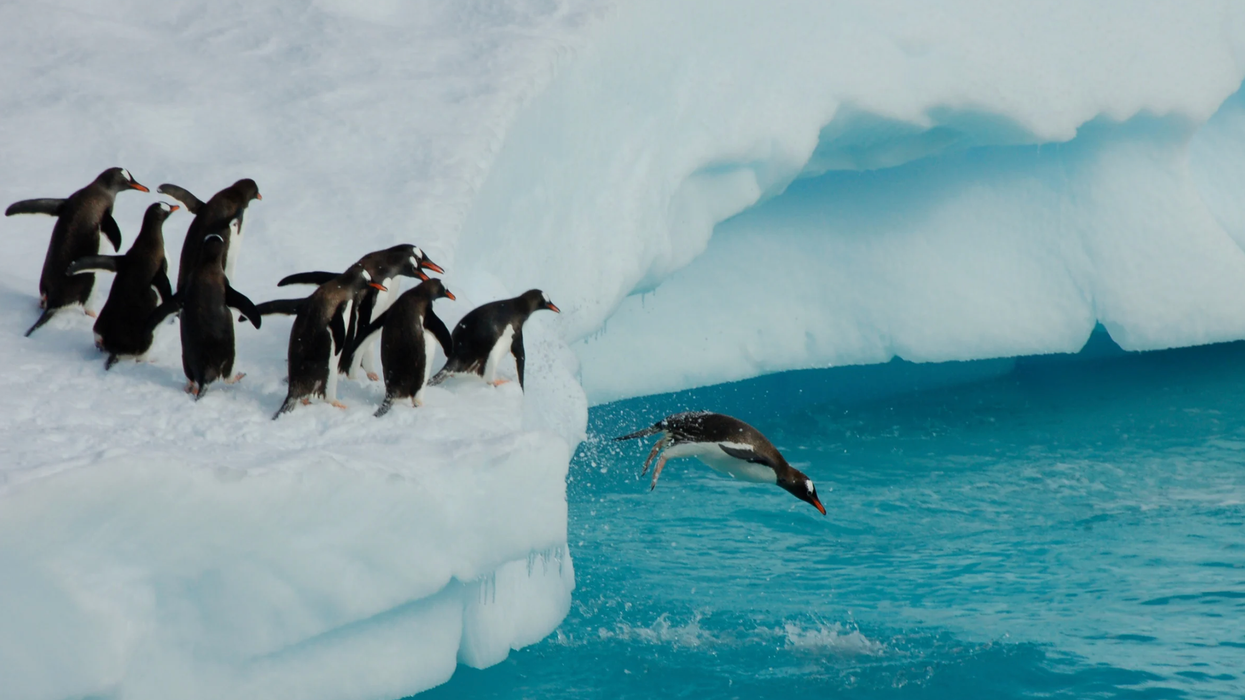


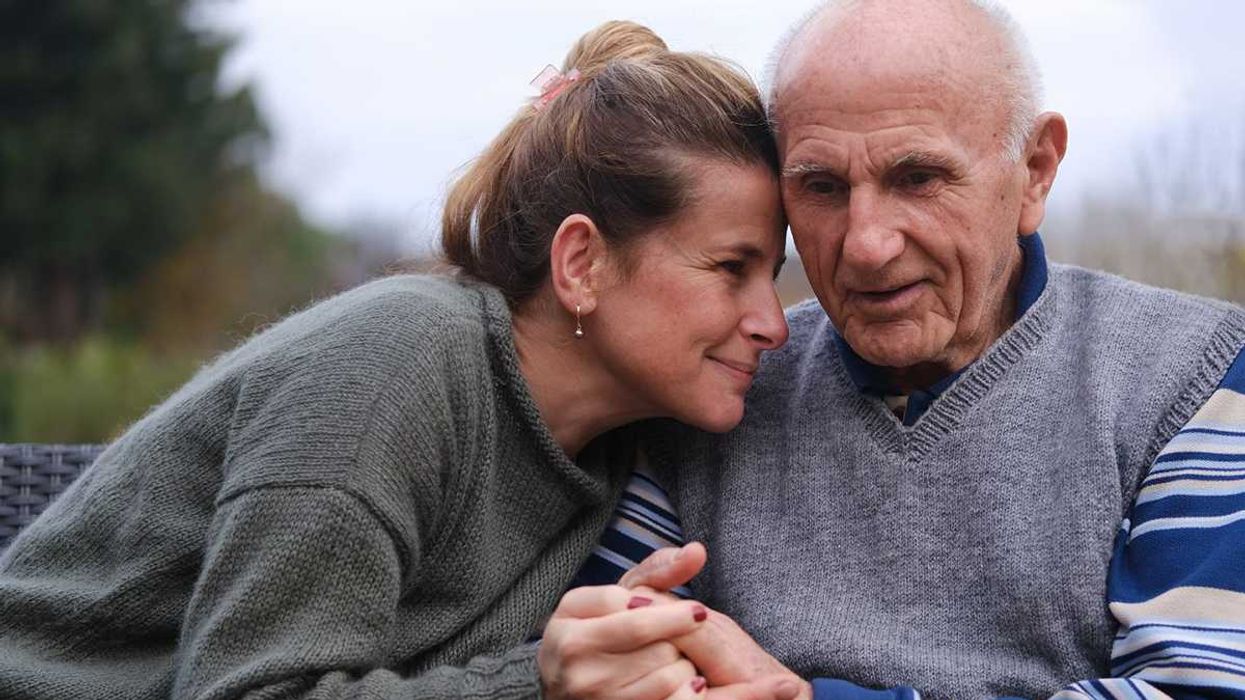


 Two people study a mapCanva
Two people study a mapCanva Foggy Chinese villageCanva
Foggy Chinese villageCanva

 A young lion playing with an older animal
A young lion playing with an older animal A colorful bird appears to be yelling at it a friend
A colorful bird appears to be yelling at it a friend An otter appears like it's holding its face in shock
An otter appears like it's holding its face in shock Two young foxes playing in the wild
Two young foxes playing in the wild Two otters appear to be laughing together in the water
Two otters appear to be laughing together in the water A fish looks like it's afraid of the shark behind it
A fish looks like it's afraid of the shark behind it A bird appears to be ignoring their partner
A bird appears to be ignoring their partner A squirrel looks like it's trapped in a tree
A squirrel looks like it's trapped in a tree A bear holds hand over face, making it appear like it's exhausted
A bear holds hand over face, making it appear like it's exhausted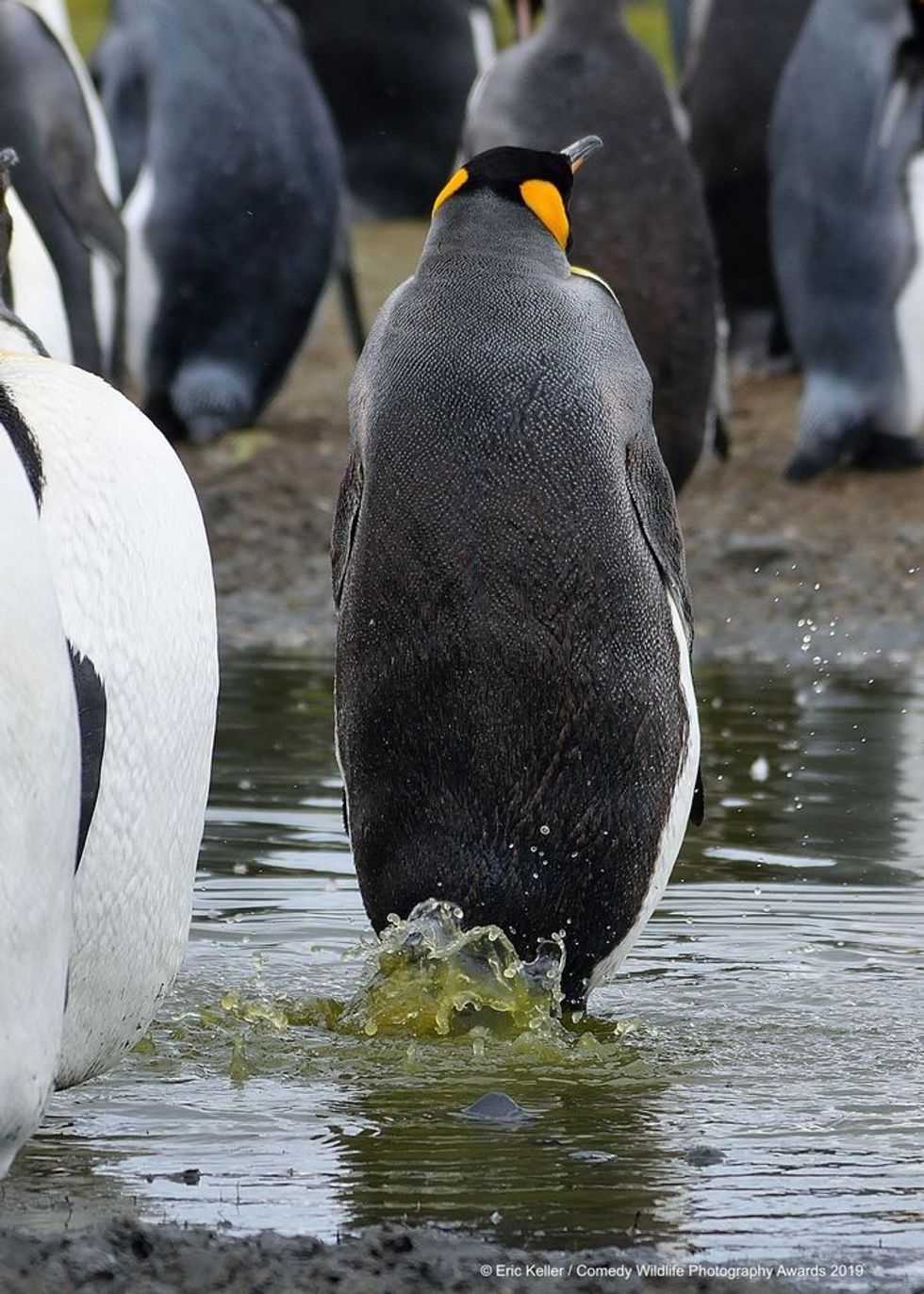 A penguin looks like its trying to appear inconspicuous
A penguin looks like its trying to appear inconspicuous A young squirrel smells a flower
A young squirrel smells a flower An insect appears to be smiling and waving at the camera
An insect appears to be smiling and waving at the camera An otter lies on its side apparently cracking up laughing
An otter lies on its side apparently cracking up laughing Two monkeys caught procreating
Two monkeys caught procreating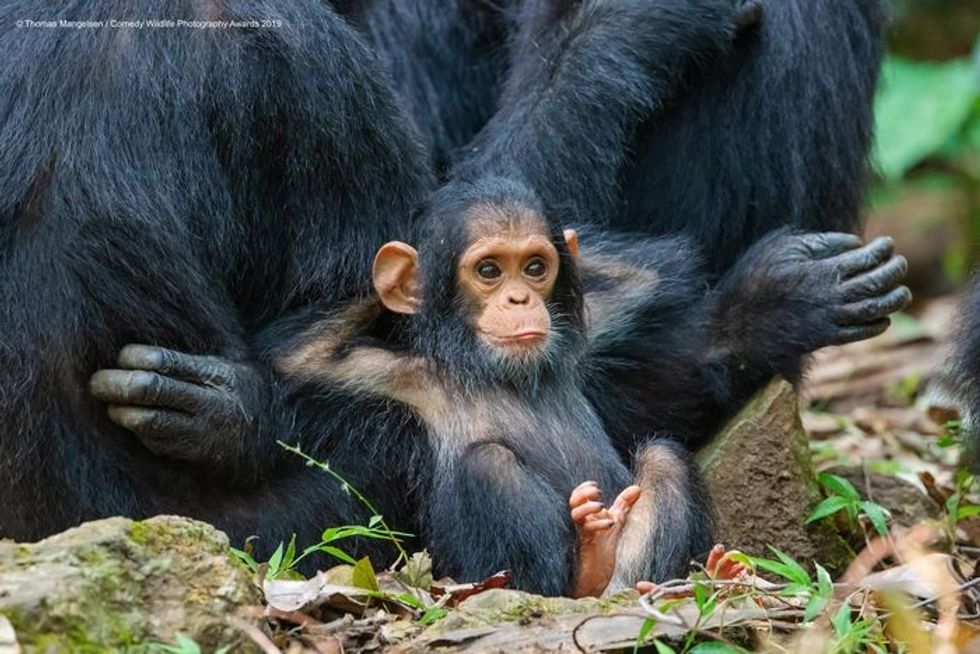 A young chimp relaxes with its hands behind its head
A young chimp relaxes with its hands behind its head A snowy owl appears to be smiling
A snowy owl appears to be smiling  A monkey holds finger to face as if it's lost in thought
A monkey holds finger to face as if it's lost in thought A turtle crossing the road under a 'slow' sign
A turtle crossing the road under a 'slow' sign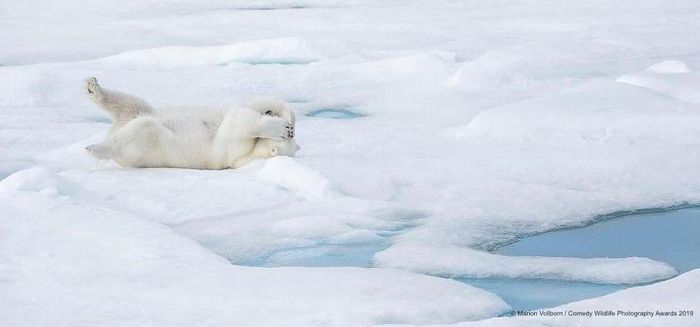 A polar bear lies on its back like it's trying to hide
A polar bear lies on its back like it's trying to hide A rodent strikes human-like pose
A rodent strikes human-like pose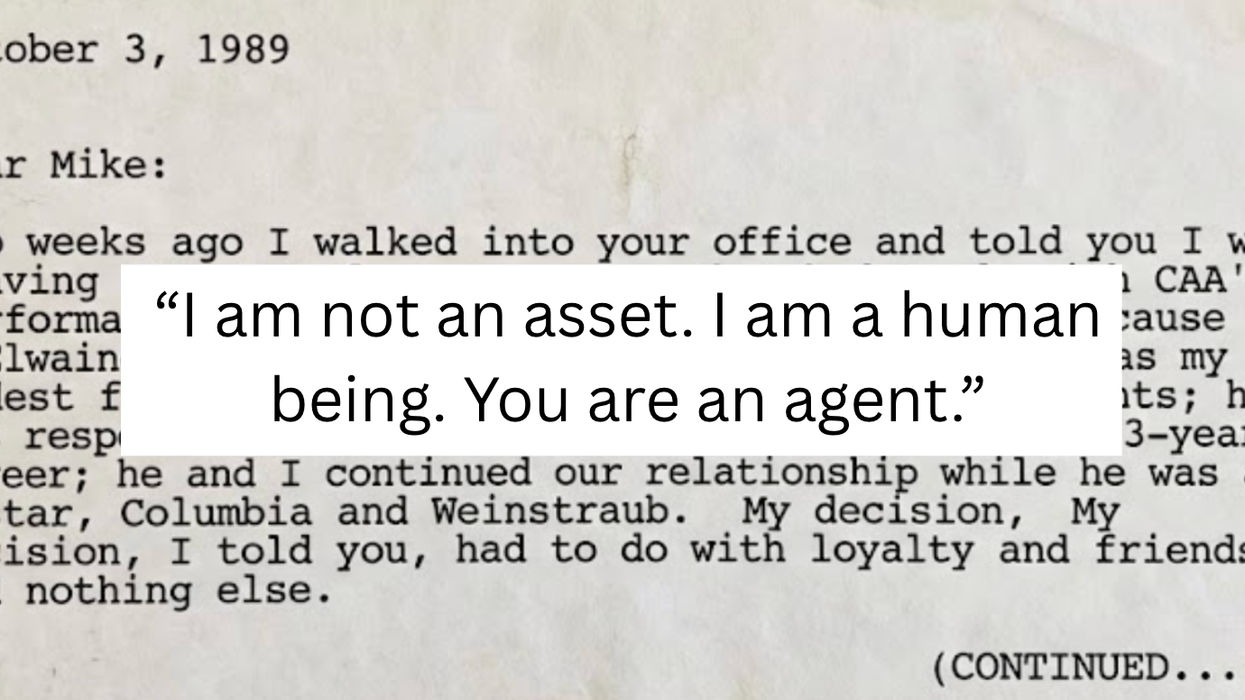
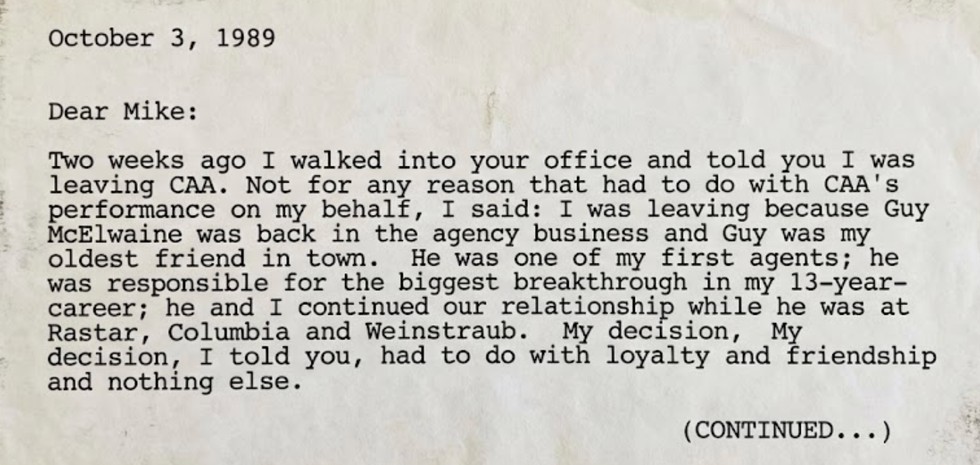 An excerpt of the faxCanva
An excerpt of the faxCanva

 Robert Redford advocating against the demolition of Santa Monica Pier while filming "The Sting" 1973
Robert Redford advocating against the demolition of Santa Monica Pier while filming "The Sting" 1973